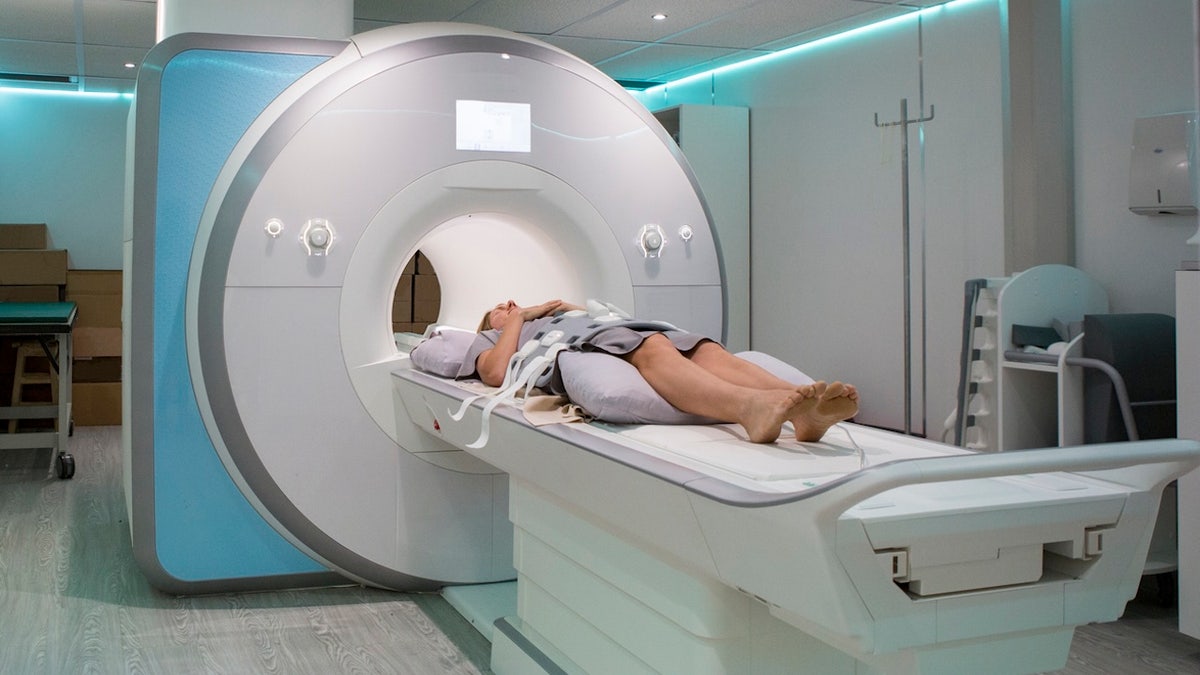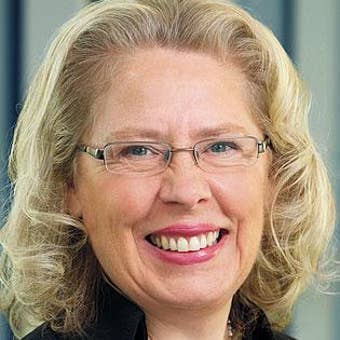
Female patient lies and waits for her MRI scan (iStock)
The MRI machine moved around me taking pictures of my kidney, defining whether the cancer had spread, whether I would live the future I had always envisioned.
As a physician who spent many years caring for patients with HIV/AIDS and now president of the Lasker Foundation which works to increase support for biomedical research, I knew that research breakthroughs and sophisticated diagnostic technologies were essential to the practice of medicine. And yet, my appreciation of these advances was mostly intellectual- they were necessary tools to do my job of helping others.
But now, in 2014, I was the one being X-rayed; I was the one that doctors would approach with a verdict that would determine everything yet to come.
It was only a few days ago that I had visited my primary care doctor. I was battling a bad virus; my training taught me that antibiotics wouldn’t help, but I went anyway and mentioned that among all my aches and pains, I had some abdominal pain. She ordered an ultrasound. After the test, I overheard the technician talking to the radiologist in a hushed voice, "Are you sure, couldn’t it just be a cyst?"
And then I was referred for a CT scan which confirmed a 7 cm. mass in my right kidney and the question of an abnormality in my liver. And so this was followed by an MRI scan which, fortunately, showed that the liver finding was benign and the renal cell cancer in my right kidney could be removed with surgery.
Today, I am cancer free. I return every six months for a CT scan to make sure that the cancer doesn’t recur.
Being the patient was frightening. I was desperately scared, then depressed, then angry. But I knew too that I was lucky. Because of the ultrasound, my tumor was found early enough to operate. The CT and MRI defined the surgical approach. Just a few decades ago, these technologies wouldn’t have been available and the cancer would likely have not been diagnosed until it was too advanced to survive.
I kept thinking about the three miracles that made it possible for me to live: ultrasound, CT and MRI. Each of these was invented by recipients of the Lasker Awards, the most prestigious award in biomedical research.
In the 1950s, cardiologist Inge Edler sought an alternative to invasive approaches to diagnosis of heart disease and hypothesized an "echo principle" in which sound waves could be used to map organs. Working with Carl Hurtz, a biophysicist, they pioneered echocardiography, the first clinical application of medical diagnostic ultrasound. Edler and Hurtz received the 1977 Clinical Research Lasker Award for "the development of ultrasound technology."
William Oldendorf recognized that on routine X-rays, important structures are hidden by others, and explored taking cross-sectional radiographs of the brain to better visualize the anatomy.
Godfrey Hounsfield went on to devise a system that scanned the brain from multiple directions and then could be reconstructed into cross-sectional images- highlighting the potential for CT scan technology.
Oldendorf and Hounsfield were honored with the 1975 Clinical Research Lasker Award for "discoveries that led to a revolution in diagnostic radiology, enabling scanning by computer-assisted technology (CAT)".
Paul Lauterbur used nuclear magnetic resonance (NMR) devices to view carbon molecules, observing that the atoms in carbon molecules, when subjected to a strong magnetic field, released signals which could be transposed into images. He went on to develop "zeugmatography" which added a 3D gradient field to localize the signals. Lauterbur was awarded the 1984 Clinical Research Lasker Award for "contributions that made possible a new form of medical imaging, based on nuclear magnetic resonance", enabling the development of MRI (magnetic resonance imaging).
I had a new appreciation for the impact of biomedical research in an intensely personal way. These researchers never knew me. But I was alive because of them. I felt a new closeness and special connection to the Lasker Laureates who had literally invented the diagnostic modalities that saved me, and saved the lives of millions around the globe.
Never again would I take for granted that doctors can order ultrasounds, CT scans, and MRIs to visualize our bodies and make timely diagnoses. These life-saving tools bring hope and better outcomes to cancer patients everywhere. I will always be grateful that these Lasker Award winners dedicated their careers to the research that allows me to have a future.

